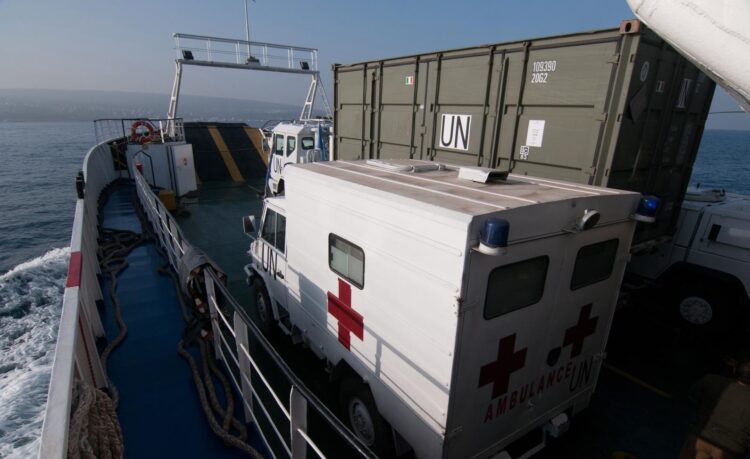In a fragmented Middle East shaped by shifting alliances and exhausted narratives, the new UN mandate signals the most ambitious attempt in years to recast the Israeli-Palestinian question within an international framework, far beyond the control of any single actor.
(Photo Credit/Alessio Tricani)
The United Nations Security Council’s approval of a United States–drafted resolution establishing an International Stabilization Force and a transitional administration in Gaza marks one of the most consequential diplomatic shifts in the conflict since 1967. Passed with 13 votes in favor and only Russia and China abstaining, the text represents a profound recalibration of the international community’s role. One that neither Israel nor Hamas had envisioned at the outset of the war.
The resolution emerges from President Donald Trump’s 20-point peace framework, which has increasingly shaped negotiations since the October 10 ceasefire. Under the new mandate, Gaza will be administered by an internationally backed transitional authority, while a multinational force assumes responsibility for border security, demilitarization, and humanitarian access. It is a move that goes far beyond traditional peacekeeping: the stabilising force is authorized to “use all necessary measures” to fulfill its mission, suggesting a robust operational profile.
Had such a proposal been presented to Prime Minister Benjamin Netanyahu on October 8, as columnist Nadav Eyal noted, it would likely have been rejected outright. The idea of ceding security control to an international body, allowing Palestinian Authority involvement, and even hinting at a future Palestinian state would have been unthinkable in the trauma-filled days following the Hamas massacres. Yet this is precisely the framework accepted by the Security Council and binding under international law.
For Israel, the resolution carries significant strategic implications. Not only does it outline a full withdrawal from Gaza contingent on demilitarization milestones, but it also reflects a broader shift in Washington’s regional calculus. On the same day the resolution passed, Trump announced the sale of F-35 jets to Saudi Arabia, despite Israel’s longstanding objections. This development underscores the degree to which the United States is willing to override Israeli concerns in pursuit of a regional security architecture involving Saudi Arabia, Egypt, Qatar, Turkey, and the UAE.
The Palestinian dimension is equally complex. While the text stops far short of establishing a Palestinian state, it introduces the notion of a “credible pathway” to self-determination – conditional on governance reforms and successful reconstruction. Hamas, unsurprisingly, rejected the resolution, condemning it as an attempt to impose an international trusteeship on Gaza and strip the resistance of its arms. Yet even among Palestinians, there is recognition that the current arrangement may represent the only viable alternative to perpetual devastation.
International reactions reflect both relief and caution. Algeria, speaking on behalf of Arab states, welcomed Trump’s personal engagement while stressing that no sustainable peace can emerge without justice for Palestinians. Arab analysts described the move as shifting Gaza “from one form of occupation to another,” instead while Western diplomats framed it as a necessary step to prevent the ceasefire’s collapse.
The resolution also carries broader geopolitical weight. For the first time, the Security Council has mandated an armed international presence inside territory occupied by Israel since 1967 signaling a readiness to manage the conflict directly rather than through diplomatic pressure alone. This development coincides with an American push for Saudi-Israeli normalization, though Riyadh insists that no such agreement is possible without tangible progress toward Palestinian statehood.
Whether the new framework stabilizes Gaza or entrenches divisions will depend on the willingness of troop-contributing nations, Israel’s cooperation with withdrawal timelines, Palestinian political reforms, and Hamas’s response to mounting international pressure. But what is clear is that the conflict has entered a new era; one in which global powers, rather than local actors, will increasingly define the terms of engagement.
The coming weeks will test the Security Council’s resolve and the region’s appetite for a post-war order. But for the first time in years, a coherent international blueprint exists. Fragile, contested, and incomplete, but undeniably transformative.





